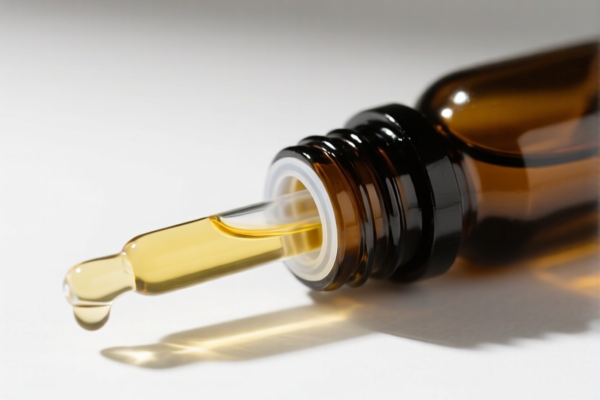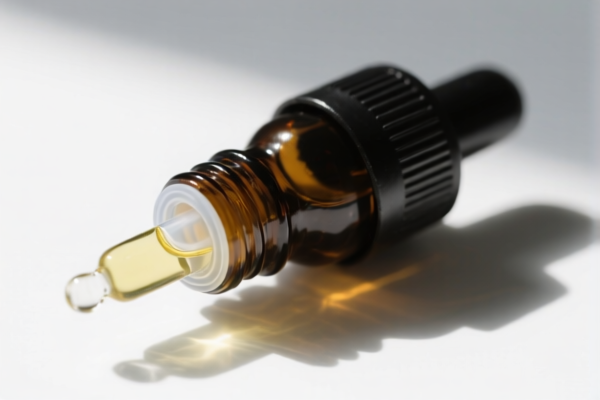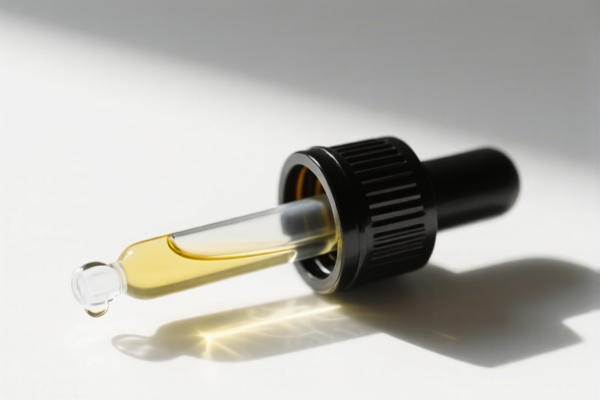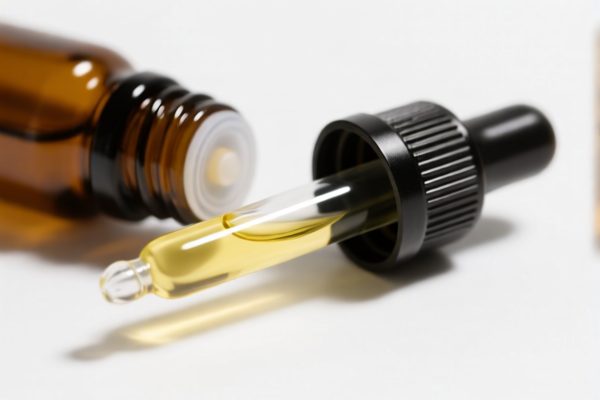| HS Code | Official Doc | Tariff Rate | Origin | Destination | Effective Date |
|---|---|---|---|---|---|
| 3301195150 | Doc | 37.5% | CN | US | 2025-05-12 |
| 3301295150 | Doc | 37.5% | CN | US | 2025-05-12 |
| 3307900000 | Doc | 60.4% | CN | US | 2025-05-12 |
| 1515902100 | Doc | 37.5% | CN | US | 2025-05-12 |
| 1516100000 | Doc | 7¢/kg+37.5% | CN | US | 2025-05-12 |
| 1516201000 | Doc | 45.2% | CN | US | 2025-05-12 |
| 1517909090 | Doc | 8.8¢/kg+37.5% | CN | US | 2025-05-12 |
| 1517909015 | Doc | 8.8¢/kg+37.5% | CN | US | 2025-05-12 |
| 1518004000 | Doc | 45.5% | CN | US | 2025-05-12 |
| 1211902000 | Doc | 55.0% | CN | US | 2025-05-12 |
| 1211908990 | Doc | 55.0% | CN | US | 2025-05-12 |




Essential Oil Set (6-Piece)
An essential oil set, specifically a 6-piece configuration, is a curated collection of concentrated aromatic compounds extracted from plants. These sets are commonly marketed for aromatherapy, personal care, and home fragrance.
Material & Extraction:
Essential oils are typically obtained through several methods:
- Steam Distillation: The most common method, using steam to extract oils from plant material.
- Cold Pressing: Used primarily for citrus oils, extracting oil from the rind.
- Solvent Extraction: Used for delicate flowers like jasmine, employing a solvent to extract aromatic compounds.
- CO2 Extraction: A newer method utilizing carbon dioxide under pressure.
The quality of the oil is significantly influenced by the plant species, growing conditions, and extraction process. "Pure" essential oils should be 100% oil, without carrier oils or synthetic fragrances added.
Purpose & Function:
Essential oils are used for a wide range of applications, primarily based on their purported therapeutic properties. These properties vary depending on the specific oil:
- Aromatherapy: Inhaling essential oils via diffusers, inhalers, or direct inhalation can affect mood, reduce stress, and promote relaxation.
- Topical Application: When diluted with a carrier oil (like jojoba, almond, or grapeseed oil), essential oils can be applied to the skin for various benefits, including pain relief, skin care, and muscle relaxation. Note: Direct application of undiluted essential oils can cause skin irritation.
- Cleaning: Some oils (like tea tree, lemon, and eucalyptus) possess antibacterial and antifungal properties, making them useful in natural cleaning solutions.
- Personal Care: Incorporated into homemade lotions, soaps, shampoos, and other personal care products.
Common Types Included in Sets:
6-piece sets often include a variety of popular oils, though the specific composition varies by brand and intended use. Common examples include:
- Lavender: Relaxation, sleep aid, anxiety relief.
- Peppermint: Energy boost, headache relief, digestive support.
- Tea Tree: Antimicrobial, acne treatment, immune support.
- Eucalyptus: Respiratory support, decongestant, muscle relief.
- Lemon: Uplifting, cleansing, disinfectant.
- Rosemary: Memory enhancement, focus, hair growth.
- Orange (Sweet): Uplifting, stress relief, mood booster.
- Frankincense: Grounding, meditation, skin care.
Usage Scenarios:
- Home Diffusion: Using an ultrasonic or nebulizing diffuser to disperse oils into the air.
- Massage: Diluting oils with a carrier oil for therapeutic massage.
- Bath: Adding a few drops (diluted) to bathwater.
- Inhalation: Adding a few drops to a tissue or steam bowl for respiratory relief.
- DIY Cleaning Products: Formulating homemade cleaners with essential oils and other ingredients.
- Skincare: Incorporating diluted oils into lotions, serums, or facial oils.
Considerations:
- Dilution: Always dilute essential oils with a carrier oil before topical application.
- Sensitivity: Perform a patch test before using a new oil to check for allergic reactions.
- Pregnancy & Medical Conditions: Consult with a healthcare professional before using essential oils if pregnant, breastfeeding, or have any underlying medical conditions.
- Quality: Purchase oils from reputable sources to ensure purity and quality.
- Storage: Store oils in dark glass bottles in a cool, dark place.
Essential oil sets, containing 6 pieces, fall under several potential classifications depending on the specific composition and use of the oils within the set. Here's a breakdown of relevant HS codes based on the provided information:
-
3301.19.51.50: This HS code covers Essential oils (terpeneless or not), including concretes and absolutes; resinoids; extracted oleoresins; concentrates of essential oils in fats, in fixed oils, in waxes or the like, obtained by enfleurage or maceration; terpenic by products of the deterpenation of essential oils; aqueous distillates and aqueous solutions of essential oils: Essential oils of citrus fruit: Other: Other Other. Chapter 33 classifies essential oils and related products. Heading 3301 specifically covers essential oils. Subheading 3301.19 focuses on essential oils of citrus fruit, with further specification as "Other" within that category. This code applies if the set contains citrus oils. The total tax rate is 37.5% (0.0% base tariff + 7.5% additional tariff + 30.0% additional tariff after April 2, 2025).
-
3301.29.51.50: This HS code covers Essential oils (terpeneless or not), including concretes and absolutes; resinoids; extracted oleoresins; concentrates of essential oils in fats, in fixed oils, in waxes or the like, obtained by enfleurage or maceration; terpenic by products of the deterpenation of essential oils; aqueous distillates and aqueous solutions of essential oils: Essential oils other than those of citrus fruit: Other: Other Other. Similar to the previous code, this falls under Chapter 33 and Heading 3301. However, this specifically covers essential oils excluding citrus fruit. The total tax rate is 37.5% (0.0% base tariff + 7.5% additional tariff + 30.0% additional tariff after April 2, 2025).
-
1211.90.20.00: This HS code covers Plants and parts of plants (including seeds and fruits), of a kind used primarily in perfumery, in pharmacy or for insecticidal, fungicidal or similar purposes, fresh, chilled, frozen or dried, whether or not cut, crushed or powdered: Other: Mint leaves: Crude or not manufactured. If the set contains mint oils derived from mint leaves, this code may be applicable. Chapter 12 covers plants and parts of plants used for specific purposes. Heading 1211 focuses on plants used in perfumery, pharmacy, etc. Subheading 1211.90 covers other plants, specifically mint leaves. The total tax rate is 55.0% (0.0% base tariff + 25.0% additional tariff + 30.0% additional tariff after April 2, 2025).
-
1211.90.89.90: This HS code covers Plants and parts of plants (including seeds and fruits), of a kind used primarily in perfumery, in pharmacy or for insecticidal, fungicidal or similar purposes, fresh, chilled, frozen or dried, whether or not cut, crushed or powdered: Other: Other: Fresh or dried Other: Other. This code applies to plants used in perfumery, pharmacy, etc., excluding mint leaves, and covers "Other" plants. The total tax rate is 55.0% (0.0% base tariff + 25.0% additional tariff + 30.0% additional tariff after April 2, 2025).
It is important to determine the exact composition of the essential oil set to select the most appropriate HS code. If the set contains a mixture of oils, each component may need to be considered separately for classification purposes.
Customer Reviews
No reviews yet.